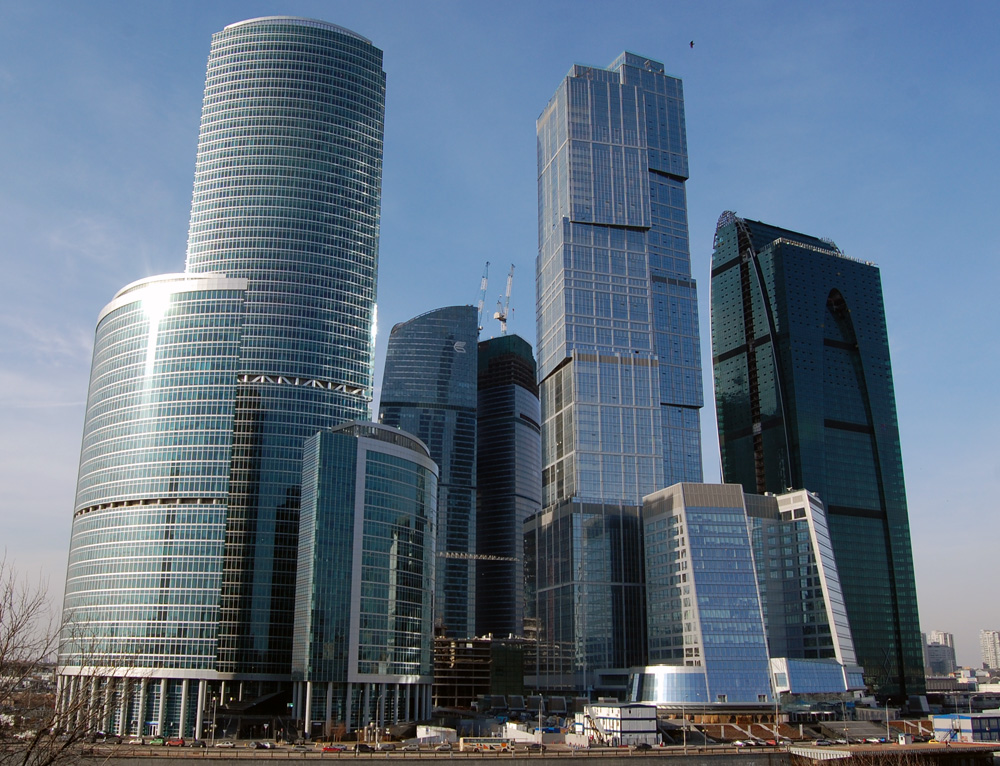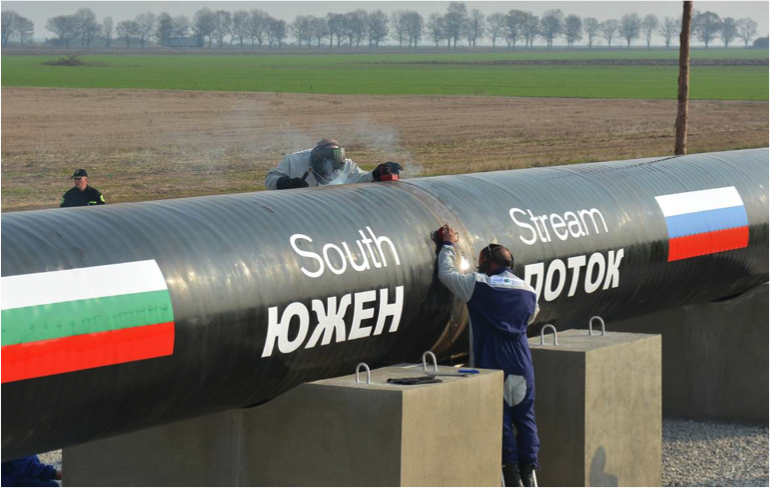Previously in this series, some of the problems with wind and solar energy were discussed, such as intermittency and lack of efficiency.
So why even bother with wind and solar? Despite being lauded as the next step in energy innovation, both wind and solar energy are rife with inefficiencies and inconsistencies- even without bringing the issue into the quagmire of public policy.
However, while wind and solar are not the cure-all solution for our reliance on fossil fuels, there is a light at the end of the tunnel. Solar cells are becoming rapidly more efficient and while compound cells are currently far too expensive for widespread commercial application, the technology does exist.

Wind power, which has long been accused of being inefficient, ugly, and loud, is beginning to address its critics with the development of offshore capacity. Offshore wind turbines mean that less land is being used. The presence of these turbines actually acts as an artificial reef and prevent trawling, encouraging the regeneration of sea life. Most importantly, up to 40% more wind blows over oceans and seas than over land, increasing the reliability of wind energy and making it more cost-effective. Wind turbines generate energy 75-80% of the time, although the output varies depending on wind speed. In addition, wind turbines have a long shelf life and continue to operate effectively years after their initial construction.
Critics like to emphasize the inefficiency of solar and wind power- as mentioned above, commercial solar cells harness up to 25% of solar radiation and wind turbines between 30-40% of wind. However, what many do not recognize is that our current methods of energy production are not 100% efficient- no energy source is.
The capacity factor(the fraction of energy produced out of maximum theoretical output) for the average coal plant in the United States is 63.8% and for gas plants is 42.2%. These capacity factors are increasing with the Americans recent shift towards shale gas instead of conventional petroleum resources, but the point remains salient in that every form of energy has less than perfect capacity.
The problem of efficiency is one that wind and solar power have not yet managed to solve, but the technology is improving every day. Ultimately, the probability of increased reliance on renewable energies like wind and solar depends on whether these renewable energies are competitive with traditional energy sources like coal and natural gas. The raw technology for wind and solar power is becoming cheaper, but many conventional energy corporations have become uneasy over the rapid rise of the renewable energy industry and are making moves to protect themselves against loss of market share.
For example, one way that solar power makes up for its intermittency (the ability to generate power only when the sun is shining) is through the process of net metering. Net metering is the ability of solar power consumers to sell back the power that they don’t use back into the grid. For instance, on an extremely sunny day residential solar cells can take in a lot of solar radiation and convert it into electricity; but if the house owner is at work and not using this power, it gets re-directed back into the general electricity grid and the house owner is compensated. This process helps solar power become much more cost-competitive with conventional forms of power and also helps solve the problem of intermittency by allowing the whole grid to take advantage of sunny days and support solar power users when the sun isn’t shining.
[youtube height=”375″ width=”475″]https://www.youtube.com/watch?v=5yVgPrhvwyc[/youtube]
Net metering has become a controversial topic because of disparities in compensation for solar power that is put back into the grid. However, the tensions surrounding net metering stem from the political maneuvers of conventional energy companies and policy-makers rather than the perceived inefficiencies of solar power. So, while net metering is not a cure-all for solar and in fact raises even more questions, it does help mitigate the extra cost of solar cell installation.




